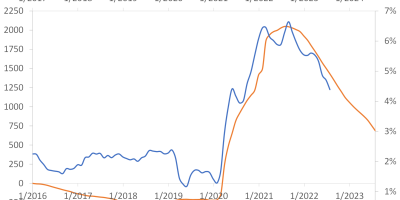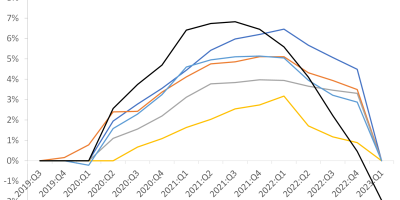
Corona crisis, Fiscal policy, Inflation
A fact-based blog on finance and economics
Page 1/3

Corona crisis, Fiscal policy, Inflation

Corona crisis, Interest rates, Monetary policy, Recessions


Corona crisis, Financial markets, Inflation, Interest rates, Monetary policy
Corona crisis, Credit markets, Danish economy, Eurozone, Financial markets, Financial stability, Interesting papers, Monetary policy, Stock markets